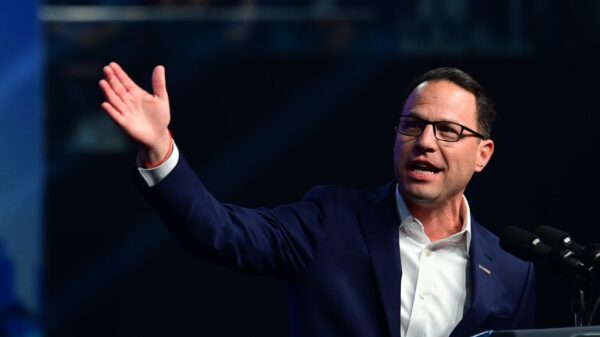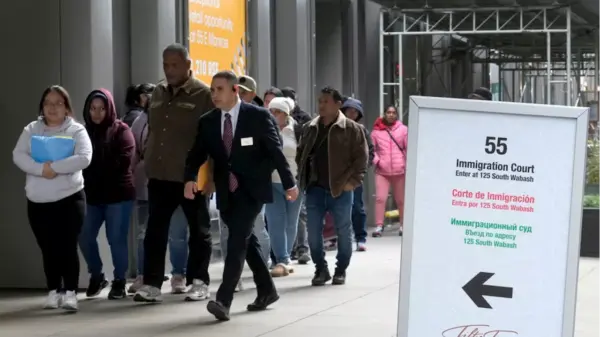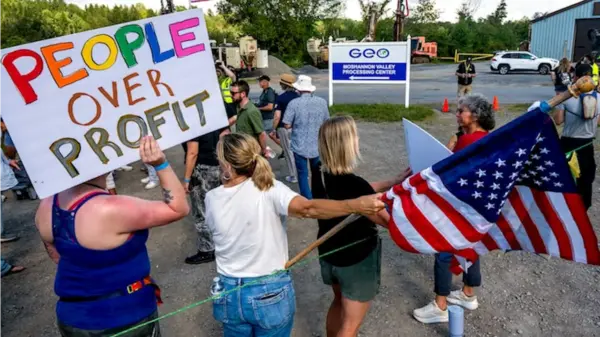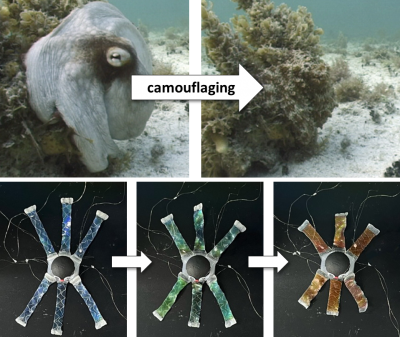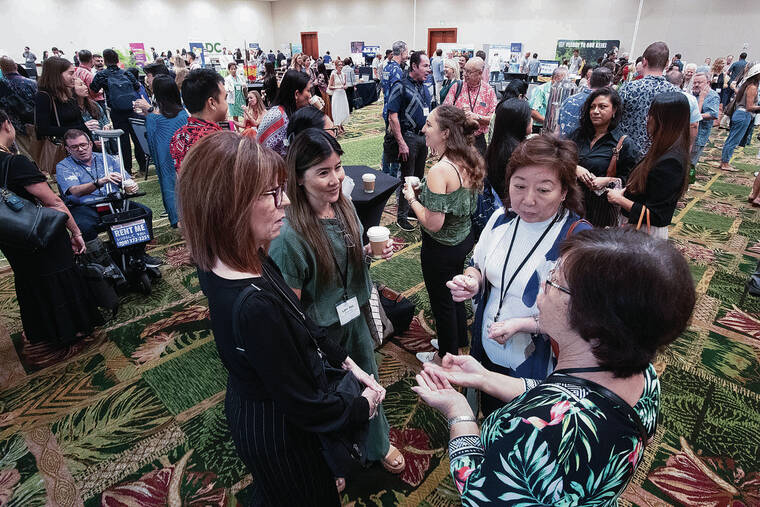Members of the Green Fee Advisory Council presented their plans for Hawaii’s inaugural climate impact fee during the Hawaii Tourism Conference on September 25, 2023. The council aims to ensure that this initiative not only strengthens the environment but also enhances the visitor experience. During a panel discussion titled “Green Fee in Focus,” panelists included Jeff Mikulina, the chair of the council, alongside Dawn Chang, chair of the state Department of Land and Natural Resources (DLNR), and fellow council member Jeff Wagoner.
The council, appointed by Governor Josh Green just a month prior, is tasked with developing recommendations on how to allocate funds from the new green fee established under Act 96, Senate Bill 1396. Effective January 1, 2024, this legislation increases the transient accommodations tax (TAT) by 0.75%, bringing the total rate to 11%. The increase is projected to generate approximately $100 million annually, benefiting both the environment and tourism sector.
The conference, held at the Hawai‘i Convention Center, attracted over 660 registered attendees under the theme “Pupukahi I Holomua — Unite to Move Forward.” While there is recognition of the necessity for a sustainable tourism model, some in the visitor industry remain cautious about the fee’s impact. Nevertheless, many conference participants expressed support for projects that could be funded by the new fee, such as beach replenishment initiatives.
Jerry Gibson, president of the Hawai‘i Hotel Alliance, acknowledged the challenges presented by the TAT increase but emphasized the potential benefits. He stated, “None of us like increasing the TAT — it’s tough on the tourists, it’s tough on the industry. But when we think of the purpose and what this money will go for… we felt that this sacrifice was worth it.” Gibson noted that the visitor industry anticipates receiving about one-third of the fee revenue for projects aimed at restoring beaches, with the remaining funds directed toward other environmental initiatives, including firebreak creation in drought-prone areas and the removal of invasive species.
Wagoner highlighted the existing TAT, which currently generates around $1.1 billion annually. He indicated that redirecting $100 million from this fund for specific projects would be challenging, requiring careful planning and prioritization. The council, despite having convened only twice, is dedicated to engaging with various stakeholders to ensure the fee serves its intended purpose.
During the panel, Chang expressed gratitude towards Governor Green and the Legislature for their support in establishing Act 96, which aims to provide a sustainable funding source for DLNR’s conservation efforts. “We manage 1.3 million acres of land, three miles of ocean waters, and everything in between. So, do we need help? Yes. What are our urgent needs? Many,” she remarked, emphasizing the collaborative effort required to protect Hawaii’s natural resources.
Mikulina, who is also the executive director of Climate Hawai‘i, emphasized the council’s inclusive approach. “The governor wanted balance, and I think that we’ve really got that. This is going to be a collective process,” he stated. The council is responsible for establishing criteria for project evaluation based on three main areas outlined in the bill. They will also need to recommend a prioritized list of projects for the governor’s supplemental budget request, although final funding decisions will rest with the Legislature.
In a statement, Governor Green remarked, “This Green Fee is a generational commitment to protect Hawaii’s future. Under the leadership of Jeff Mikulina and this advisory council, every dollar collected will work smarter and harder.” He underscored the importance of safeguarding Hawaii’s natural and cultural resources while fostering a sense of shared responsibility among visitors.
Mikulina encouraged public participation in the council’s efforts, noting that the website greenfeehawaii.org was launched to provide updates and facilitate community engagement. He invited interested individuals to a webinar hosted by the council on September 27, 2023, at 10:30 AM, where attendees can learn about the council’s objectives and upcoming processes.
As Hawaii embarks on this significant initiative, the Green Fee Advisory Council aims to navigate the complexities of balancing tourism growth with environmental stewardship, ensuring that the islands remain a thriving destination for generations to come.









